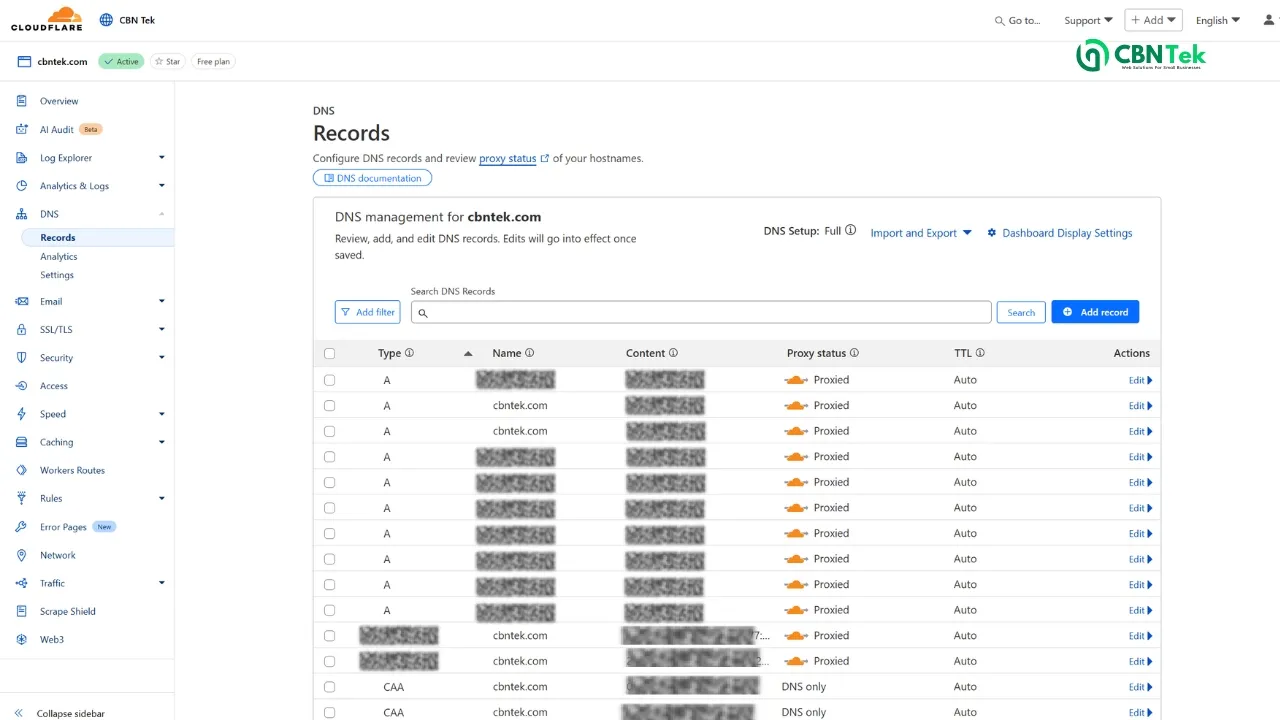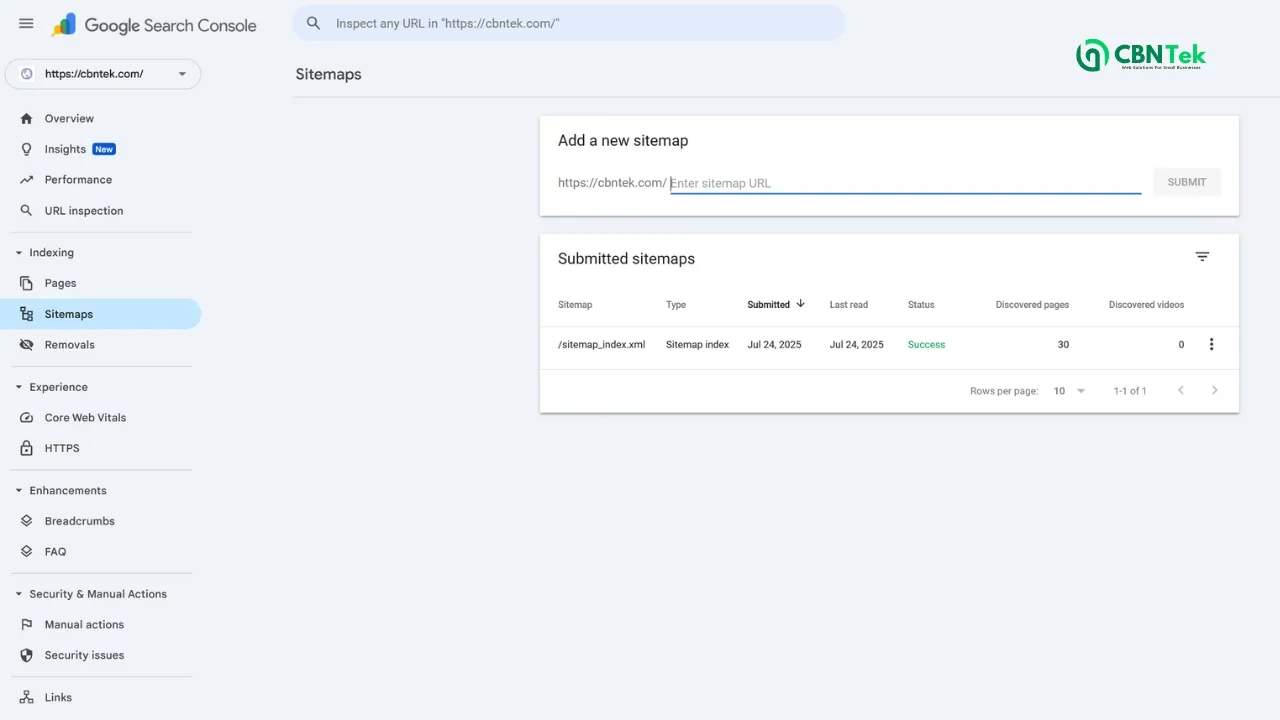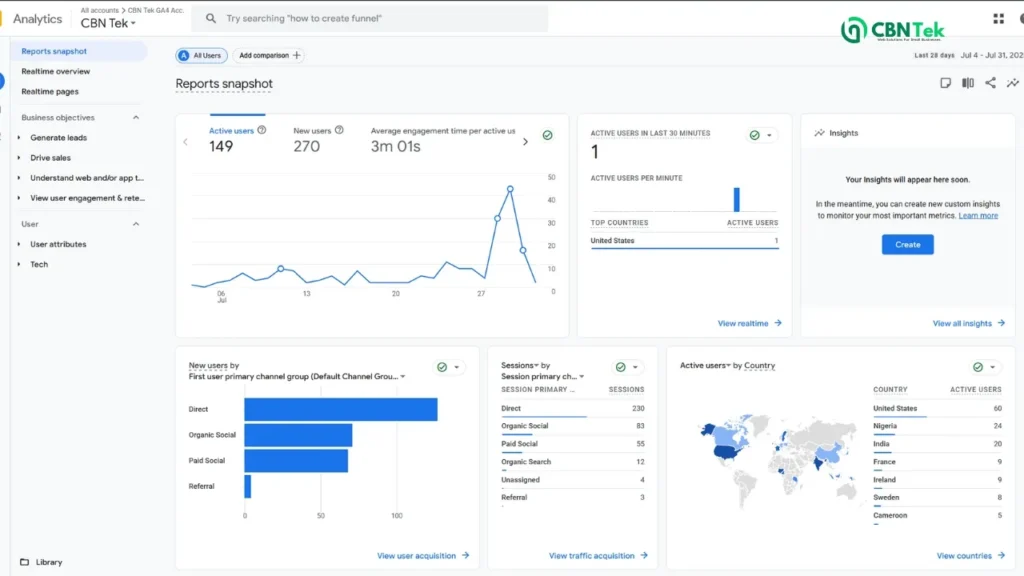Go Live Like a Pro!!
There’s this moment right before you hit “publish” when your heart starts racing. I know because I’ve been there. Finger hovering over the button, wondering if I’ve missed something crucial that’ll crash everything in spectacular fashion.
Last year, I watched a client’s product launch turn into a digital disaster movie. Their website go live process seemed flawless until customers started reporting broken checkout forms, missing images, and security warnings. Within hours, what should have been their biggest sales day became a customer service nightmare.
Table of Contents
That’s when it hit me: making a website live isn’t just about clicking a switch. It’s about orchestrating a dozen moving parts so seamlessly that your visitors never suspect the complexity behind their smooth experience.
Today, I’m sharing the battle-tested website essential tips to make your website live without errors launch checklist that’s prevented countless disasters and turned stressful launches into celebration-worthy moments.
Why Error-Free Website Launches Matter More Than Ever
In 2025, your website launch isn’t just a technical milestone, it’s your digital grand opening. And just like a brick-and-mortar store, first impressions stick.
The brutal truth about launch errors:
- 88% of users won’t return after a bad experience
- Google penalizes sites with technical issues
- Broken launches can damage brand credibility for months
- Fixing post-launch problems costs 5x more than preventing them
But here’s the good news: with the right approach, you can launch website projects flawlessly every single time.
Step 1: Master Your Domain and Hosting Foundation
How do I connect my domain to my website properly? This question keeps coming up, and for good reason. It’s where many launches go sideways.
Domain Connection Essentials
Your domain is your digital real estate, and connecting it properly is like ensuring your address actually leads to your front door.
DNS Setup: Think of DNS as your website’s GPS system. Point your domain’s nameservers to your hosting provider, then configure A records and CNAME records correctly.
Propagation Patience: DNS changes can take 24-48 hours to propagate globally. Plan accordingly, this isn’t Netflix; you can’t binge-watch your way to faster results.
Testing Multiple Locations: Use tools like whatsmydns.net to verify your domain resolves correctly worldwide, not just from your coffee shop.

Hosting Setup That Won’t Let You Down
What web hosting setup is required before launching a website? Your hosting choice can make or break your launch experience.
| Hosting Type | Best For | Key Benefits |
|---|---|---|
| Shared Hosting | Small sites, blogs | Cost-effective, beginner-friendly |
| VPS Hosting | Growing businesses | More control, better performance |
| Managed WordPress | WordPress sites | Optimized, secure, hassle-free |
| Cloud Hosting | High-traffic sites | Scalable, reliable, fast |
I personally recommend Hostinger for WordPress sites. Their managed hosting eliminates most launch headaches before they start.
Step 2: SSL Security That Actually Protects
How do I set up SSL/HTTPS to secure my website? In today’s security-conscious world, launching without SSL is like opening a store without locks.
SSL Implementation Strategy
Choose Your Certificate: Hostinger offers free domain plus SSL certificates with it’s hosting plans that work perfectly for all sites. For e-commerce or enterprise sites, consider premium options with extended validation.
Installation Process: Most hosting providers now offer one-click SSL installation. If not, upload your certificate files to your server and update your configuration.
Force HTTPS Redirect: Set up 301 redirects from HTTP to HTTPS. This ensures all traffic uses the secure version of your site.
Mixed Content Fixes: Scan for any HTTP resources (images, scripts, etc.) loading on HTTPS pages. These create security warnings that scare visitors away.

Step 3: Pre-Launch Testing That Catches Everything
How can I test my website for broken links and functional errors before launch? This is where attention to detail separates amateur launches from professional ones.
Comprehensive Testing Protocol
Link Validation: Screaming Frog SEO Spider crawls your entire site, identifying broken links, missing images, and redirect chains. It’s like having a meticulous assistant check every corner of your digital space.
Cross-Browser Compatibility: Test in Chrome, Firefox, Safari, and Edge. Your site might look perfect in your favorite browser but broken everywhere else.
Device Responsiveness: Use real devices when possible. Simulators are helpful, but nothing beats testing on actual phones and tablets.
Form Functionality: Submit every form with valid and invalid data. Test contact forms, newsletters, and checkout processes thoroughly.
Performance Testing Excellence
Speed Analysis: GTmetrix provides detailed performance insights. Aim for load times under 3 seconds, anything slower loses visitors fast.
Mobile Performance: Mobile users are less patient with slow sites. Test specifically on 3G connections to understand real-world performance.
Load Testing: Simulate traffic spikes to ensure your site handles popularity gracefully.
Step 4: SEO Optimization Before Going Live
What SEO tasks should I complete to optimize my site before going live? SEO isn’t something you add later, it’s built into your foundation.
Pre-Launch SEO Checklist
Google Search Console Setup: Submit your sitemap before launch. This tells Google about your content structure and helps with faster indexing.
Meta Tag Optimization: Every page needs unique, compelling title tags and meta descriptions. Think of these as your content’s movie trailers.
Header Structure: Use H1, H2, and H3 tags logically. Search engines read these like a table of contents.
Image Optimization: Compress images to webp format and add descriptive alt text. This improves speed and accessibility simultaneously.
Internal Linking: Connect your pages logically. Every page should be reachable within three clicks from your homepage.

Step 5: Mobile-First Launch Strategy
How do I ensure my website is mobile-friendly and responsive? With mobile traffic dominating the web, this isn’t optional, it’s essential and a must.
Mobile Optimization Essentials
Responsive Design Verification: Use Google’s Mobile-Friendly Test to identify issues before launch. This free tool reveals exactly what Google sees when crawling your mobile site.
Touch Target Sizing: Buttons and links should be at least 44px, large enough for finger navigation without frustration.
Content Prioritization: Mobile screens have limited space. Ensure your most important content appears first.
Speed Optimization: Mobile users on slower connections are less forgiving of heavy, slow-loading pages.
Step 6: Analytics and Tracking Setup
Setting up proper tracking before launch means you’ll have data from day one instead of scrambling to understand what’s working later.
Essential Tracking Implementation
Google Analytics 4: Configure goals, events, and conversions before launch. You can’t retroactively track what you didn’t set up.
Google Tag Manager: Simplifies adding and managing tracking codes. One container manages all your tags without touching site code.
Conversion Tracking: Define what success looks like; newsletter signups, purchases, contact form submissions and track it from launch day.
Heatmap Tools: Consider adding Hotjar or similar tools to understand user behavior visually.

Step 7: Security Measures That Actually Matter
What security measures should I have in place before making my website public? Security isn’t paranoia, it’s professional responsibility and the users of your website.
Launch-Critical Security Steps
Backup Systems: UpdraftPlus for WordPress sites creates automated backups. Schedule these before launch and regularly thereafter.
Security Scanning: Sucuri scans for malware and vulnerabilities. Clean any issues before going public.
Strong Authentication: Use complex passwords and two-factor authentication for all admin accounts.
Plugin/Software Updates: Ensure all components are current. Outdated software is a hacker’s favorite entry point.
Privacy Compliance
Cookie Consent: Cookiebot handles GDPR and other privacy law compliance automatically.
Privacy Policy: Required by law in many jurisdictions. Make it comprehensive and accessible.
Data Protection: Understand what data you collect and how it’s secured.
Step 8: Performance Monitoring Setup
What tools can I use to monitor website performance and uptime after launch? Prevention is better than cure, especially for website downtime.
Monitoring Tool Arsenal
| Tool | Purpose | Key Features |
|---|---|---|
| Pingdom | Uptime monitoring | Real-time alerts, performance reports |
| GTmetrix | Speed testing | Detailed optimization recommendations |
| Google Analytics | Traffic analysis | User behavior, conversion tracking |
| Cloudflare | Performance & security | CDN, DDoS protection, optimization |
Cloudflare deserves a special mention, it’s like a Swiss Army knife for website performance, combining CDN, security, and optimization features.
Step 9: Launch Day Execution
The big day arrives. Here’s your launch sequence:
Final Pre-Launch Check:
- Test all critical user journeys
- Verify forms submit correctly
- Confirm analytics are tracking
- Check SSL certificate validity
- Test mobile responsiveness one last time
Go-Live Process:
- Remove “under construction” pages
- Update DNS if necessary
- Submit sitemap to search engines
- Enable monitoring tools
- Announce on social media
Post-Launch Monitoring:
- Watch analytics for unusual patterns
- Monitor error logs
- Check site speed and uptime
- Respond quickly to any issues

Step 10: Post-Launch Promotion Strategy
How do I properly announce and promote my website once it goes live? A soft launch often works better than a big bang approach.
Strategic Launch Announcement
Soft Launch Phase: Share with close contacts and gather feedback before broad promotion.
Social Media Rollout: Use Canva to create professional launch graphics for different platforms.
Email Marketing: Mailchimp helps announce your launch to existing contacts and build your list.
SEO Patience: Remember, search engine visibility takes time. Don’t panic if you’re not ranking immediately.
Common Launch Mistakes That Kill Websites
I’ve seen these errors destroy otherwise perfect launches:
Forgetting to Remove Development Restrictions: Leaving password protection or “noindex” tags active.
Skipping Cross-Browser Testing: Assuming your favorite browser represents everyone’s experience.
Ignoring Mobile Performance: Desktop-perfect sites that crawl on mobile devices.
Missing Backup Plans: No way to restore if something goes wrong.
Inadequate Testing: Rushing the testing phase to meet arbitrary deadlines.
Your Error-Free Launch Action Plan
Here’s your step-by-step roadmap:
Week Before Launch:
- Complete all testing protocols
- Set up monitoring and analytics
- Create backup systems
- Finalize content and legal pages
Launch Day:
- Execute final checks
- Go live during low-traffic hours
- Monitor closely for first few hours
- Have emergency contacts ready
Post-Launch:
- Continue monitoring for 48 hours
- Address any issues immediately
- Begin promotion activities
- Plan content updates and improvements
The Bottom Line: Preparation Prevents Problems
Making a website live without errors isn’t about luck but it’s about a systematic preparation and attention to detail. Every step we’ve covered serves a purpose: protecting your reputation, ensuring user satisfaction, and building a foundation for long-term success.
The difference between a disaster and a celebration often comes down to the unsexy stuff; Proper testing, security measures, and backup plans. But when your launch goes smoothly and your site performs flawlessly from day one, you’ll appreciate every minute spent in preparation.
Remember, your website launch is just the beginning. The real work of growing traffic, converting visitors, and building relationships starts after you go live.
Ready to launch with confidence? Follow this checklist, adapt it to your specific needs, and join the ranks of business owners who sleep well after their website launches. You can also reach out to CBN Tek, to streamline the process for you.
What’s your biggest fear about launching a website? Share in the comments—chances are, we’ve got a solution for it.




















0 Comments